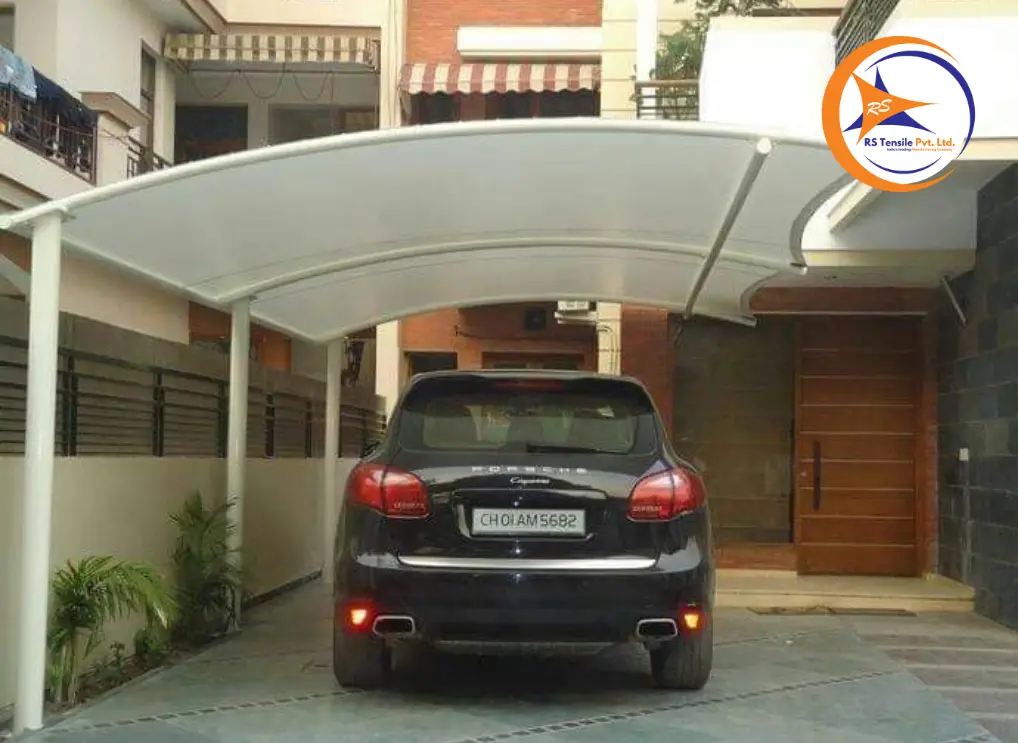What is Tensile Structure
- Blog
- What is Tensile Structure
What is Tensile Structure - History, Evolution & Impact in India
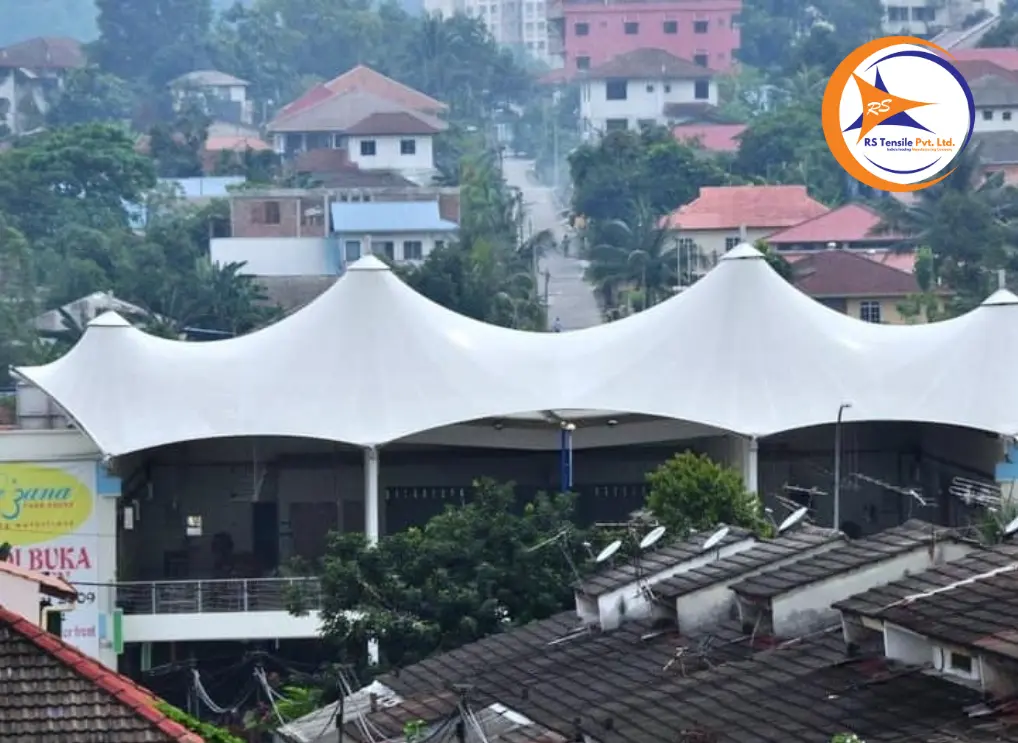
A tensile structure is a construction of elements carrying only tension and no compression or bending. The term "tensile" refers to the tension forces that give these structures their shape and stability. At Shiwa Tensile, we specialize in creating innovative tensile structures that combine architectural beauty with functional excellence.
Understanding Tensile Structures
Tensile structures are characterized by their ability to span large distances with minimal material, creating lightweight yet strong architectural forms. These structures typically consist of a membrane fabric supported by cables, masts, or other structural elements. The membrane is tensioned to create a three-dimensional form that can withstand various environmental loads while providing shelter and aesthetic appeal.
The key components of a tensile structure include:
- Membrane Fabric: The primary surface material, typically made of PVC-coated polyester, PTFE-coated fiberglass, or ETFE
- Supporting Structure: Masts, arches, or frames that provide primary support
- Cables and Hardware: High-tension elements that help shape and stabilize the membrane
- Anchor Points: Connections to foundations or other structures that transfer loads
Historical Evolution of Tensile Structures
The concept of tension-based structures dates back centuries, with early examples including simple tents and rope bridges. However, modern tensile architecture began to take shape in the mid-20th century, pioneered by visionaries like Frei Otto, Vladimir Shukhov, and Buckminster Fuller.
Significant milestones in the evolution of tensile structures include:
- 1896: Vladimir Shukhov's hyperboloid tower and tensile structures in Russia
- 1950s: Frei Otto's experiments with lightweight tensile structures in Germany
- 1970s: The Munich Olympic Stadium, a landmark tensile structure project
- 1980s-2000s: Widespread adoption of tensile architecture in sports facilities, airports, and public spaces
- Present Day: Advanced materials and digital design tools enabling increasingly complex and efficient tensile structures
Materials and Technology Advancements
The development of tensile structures has been closely tied to advancements in materials technology. Early structures used natural materials like canvas and leather, but modern tensile structures benefit from high-performance synthetic fabrics:
- PVC-Coated Polyester: Cost-effective, versatile, and widely used for various applications
- PTFE-Coated Fiberglass: Highly durable, non-combustible, and self-cleaning, ideal for permanent structures
- ETFE Foil: Lightweight, transparent, and excellent for creating insulated cushion systems
- ePTFE: Expanded PTFE offering exceptional durability and light transmission
Technological advancements in computer-aided design (CAD), structural analysis software, and fabrication techniques have further expanded the possibilities for tensile architecture, allowing for increasingly complex and efficient forms.
"Tensile structures represent the perfect fusion of engineering and art, creating spaces that are both functional and visually striking. At Shiwa Tensile, we're proud to be at the forefront of this architectural revolution in India."
Types of Tensile Structures
At Shiwa Tensile, we offer various types of tensile structures to meet diverse needs:
- Tensile Canopy Structures - Perfect for entrances, walkways, and outdoor seating areas
- Tensile Car Parking Structures - Providing vehicle protection while enhancing aesthetic appeal
- Tensile Dome Structures - Creating large-span covered spaces for sports and public gatherings
- Tensile Cone Structures - Architectural focal points for commercial and public spaces
- Tensile Fabric Structures - Versatile solutions for various architectural applications
Benefits of Tensile Structures
Tensile structures offer numerous advantages over traditional construction methods:
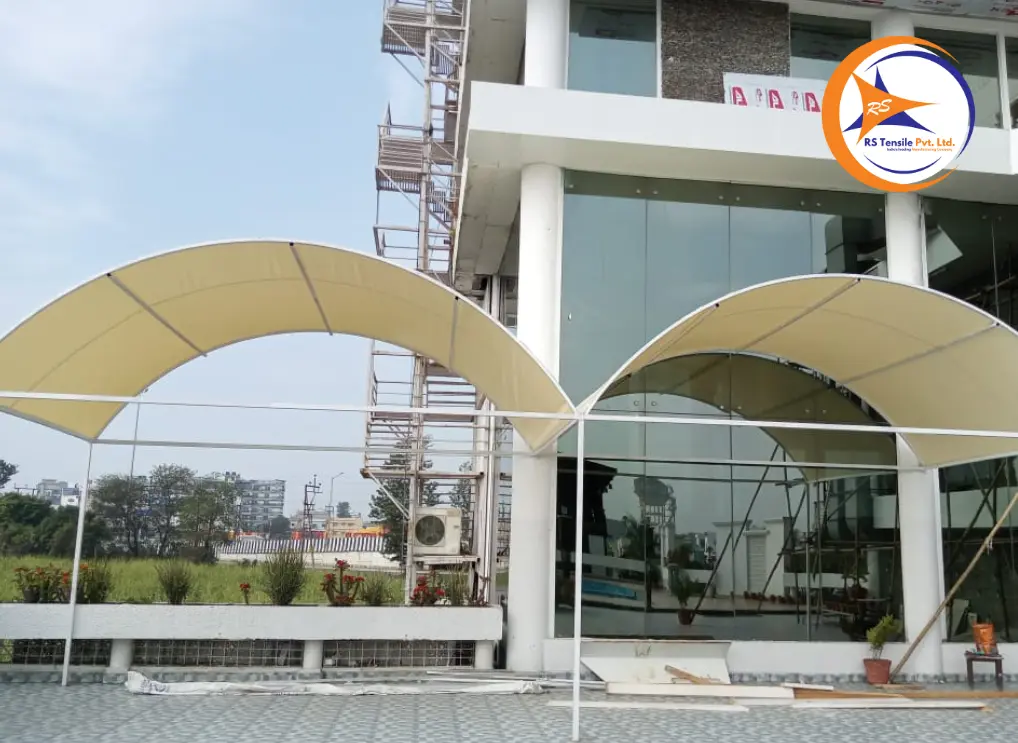
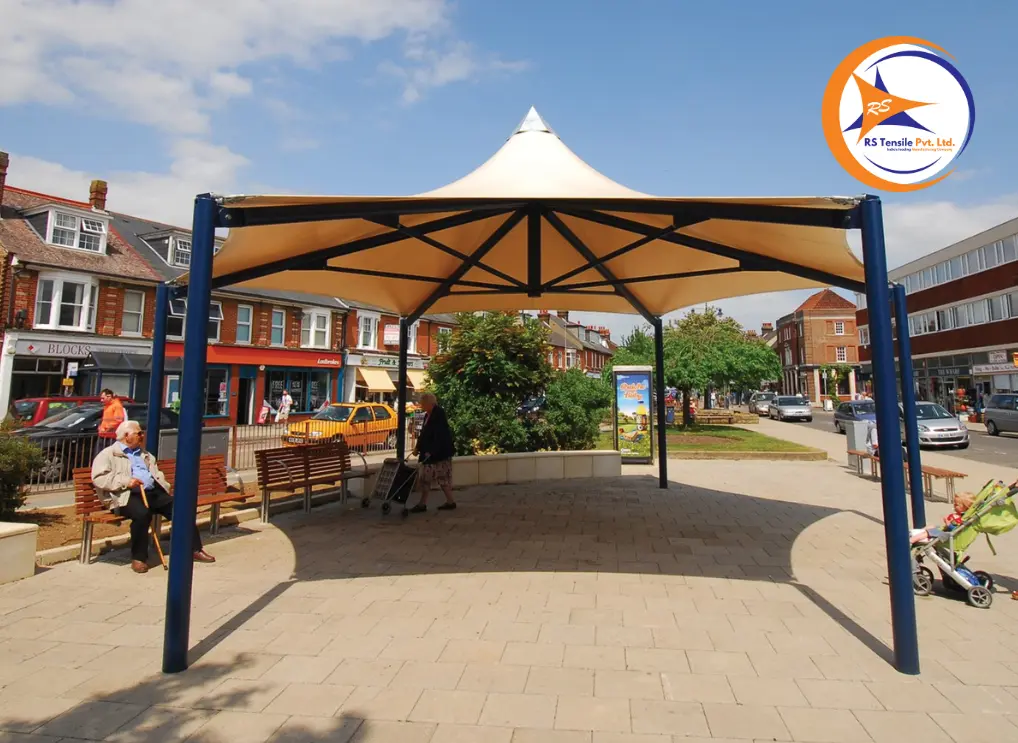
- Design Flexibility: Virtually unlimited design possibilities with various shapes, forms, and colors
- Natural Light Transmission: Translucent membranes allow natural light while providing UV protection
- Cost-Effectiveness: Reduced material requirements and faster construction times
- Sustainability: Lower energy consumption and recyclable materials
- Durability: Resistance to weather, UV radiation, and environmental factors
Applications of Tensile Structures
Tensile structures find applications in various sectors:
- Sports Facilities: Stadiums, swimming pools, and sports complexes
- Transportation: Airports, railway stations, and bus terminals
- Commercial: Shopping malls, hotels, and office complexes
- Industrial: Warehouses, factories, and manufacturing facilities
- Public Spaces: Parks, plazas, and community centers
- Residential: Luxury homes and apartment complexes
The Rise of Tensile Structures in India
India has embraced tensile architecture over the past two decades, with these structures becoming increasingly common in both urban and rural settings. The country's diverse climate, rapid urbanization, and growing focus on innovative architecture have created ideal conditions for the adoption of tensile structures.
Key factors driving the popularity of tensile structures in India include:
- Climate Adaptability: Tensile structures provide effective shading and rain protection while allowing natural ventilation
- Cost-Effectiveness: Reduced material requirements and faster construction times
- Aesthetic Appeal: The ability to create striking architectural forms that enhance public spaces
- Sustainability: Lower energy consumption due to natural daylighting and ventilation
Notable Tensile Structure Projects in India
India boasts several impressive tensile structure projects that showcase the versatility and impact of this building technology:
- Jawaharlal Nehru Stadium, Delhi: Renovated for the 2010 Commonwealth Games with a striking tensile roof
- Chhatrapati Shivaji International Airport, Mumbai: Features extensive tensile roofing for passenger terminals
- Kempinski Ambience Hotel, Delhi: Elegant tensile structures enhancing the hotel's aesthetic appeal
- Various Metro Stations: Across multiple cities, incorporating tensile canopies for platform cover
Tensile Structure Manufacturer in India
Tensile Structure Companies in Uttar Pradesh
All Blog Posts
-

-

Tensile Structure Best Price in Delhi
Jul 28, 2025 -
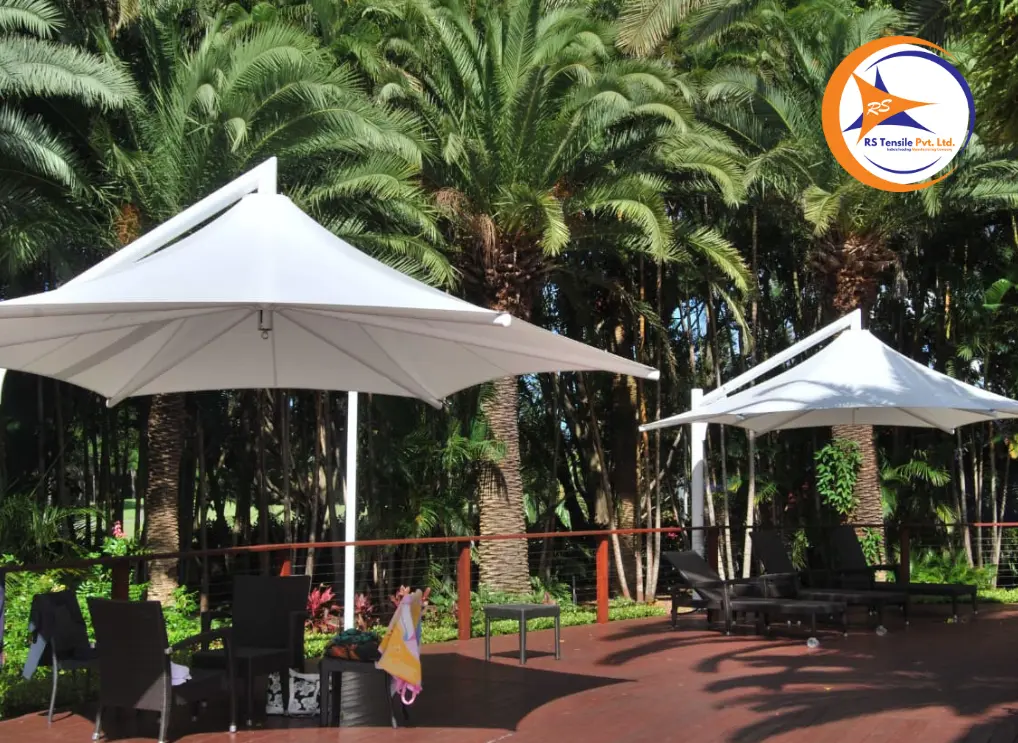
Tensile Structure Manufacturer in India
Jul 10, 2025 -

What is Tensile Structure
Jun 25, 2025 -
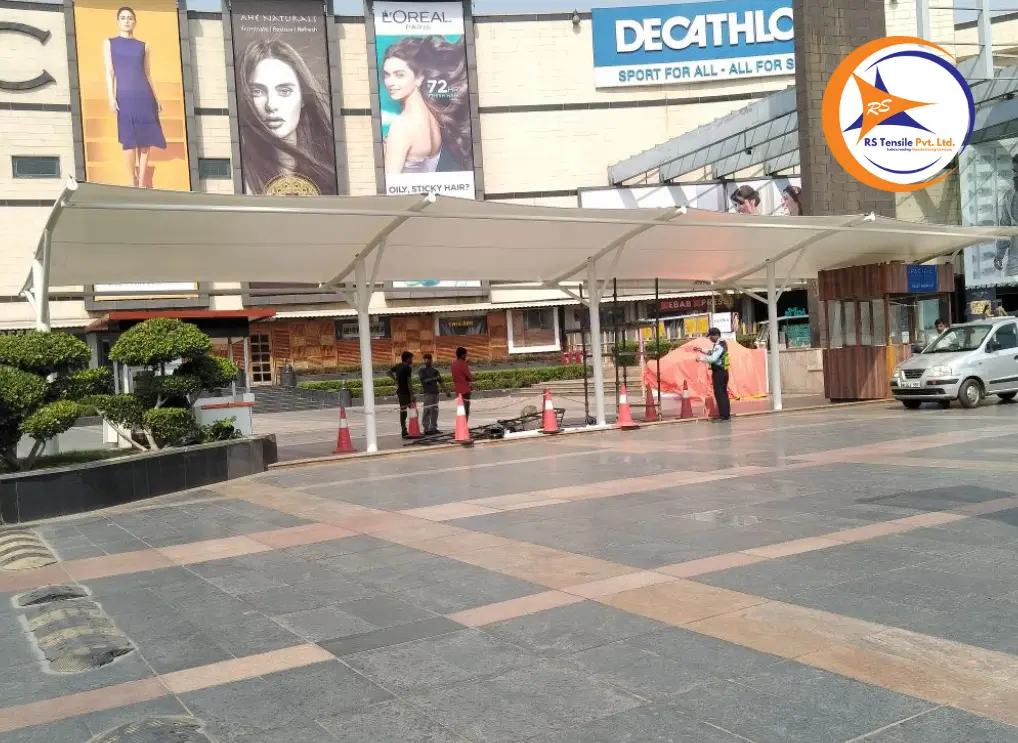
Tensile Structure Companies in Uttar Pradesh
Jun 15, 2025 -
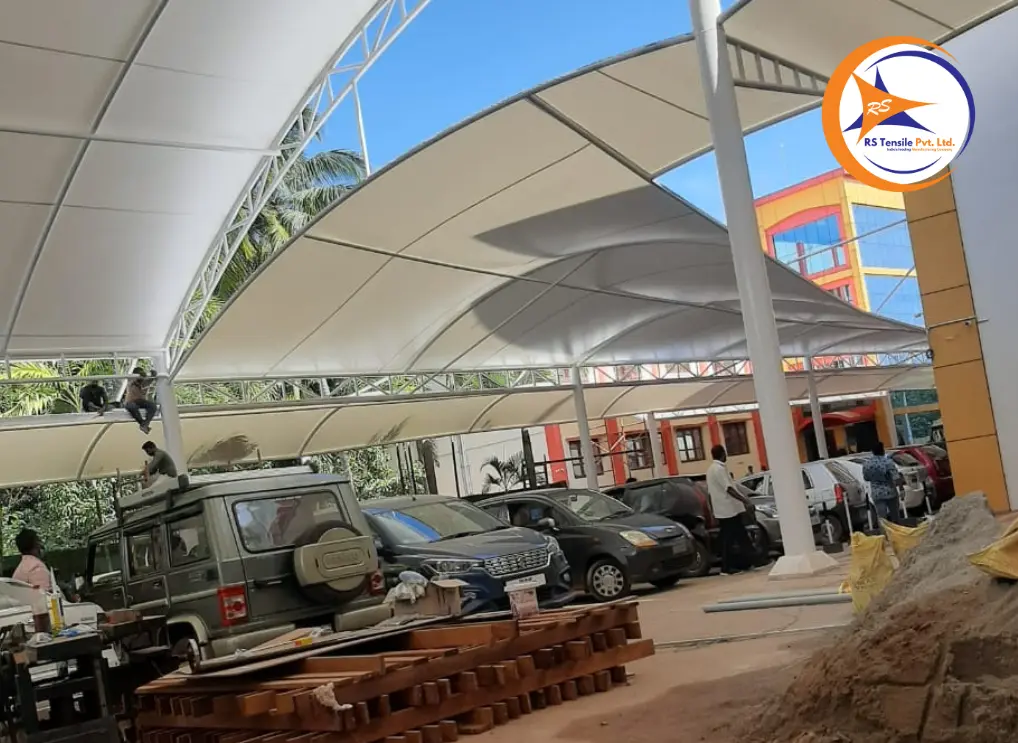
Tensile Car Parking Structure Manufacturer
Jun 05, 2025 -
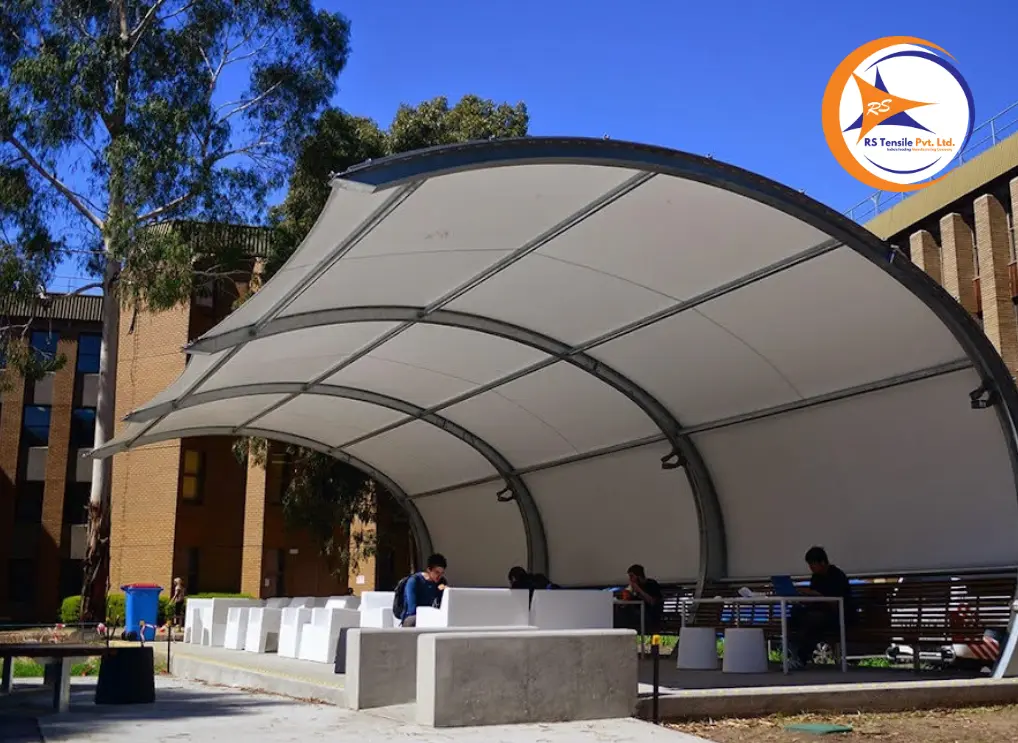
Modern Tensile Structure Design Trends in India
May 20, 2025 -
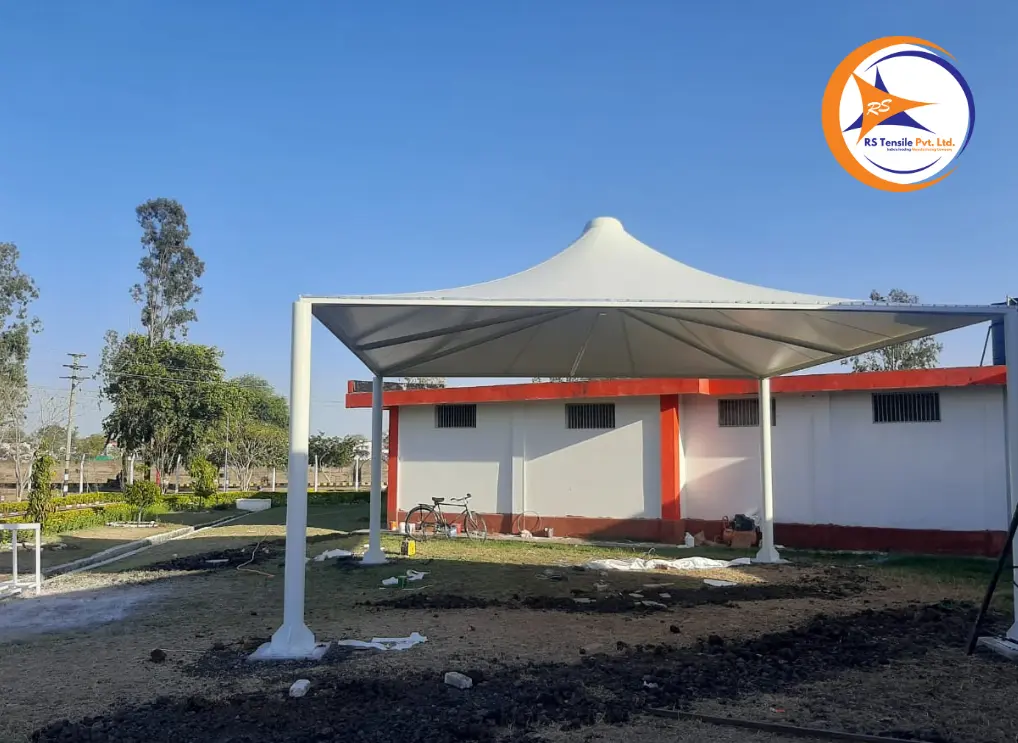
Tensile Gazebo Structure Applications
May 01, 2025 -
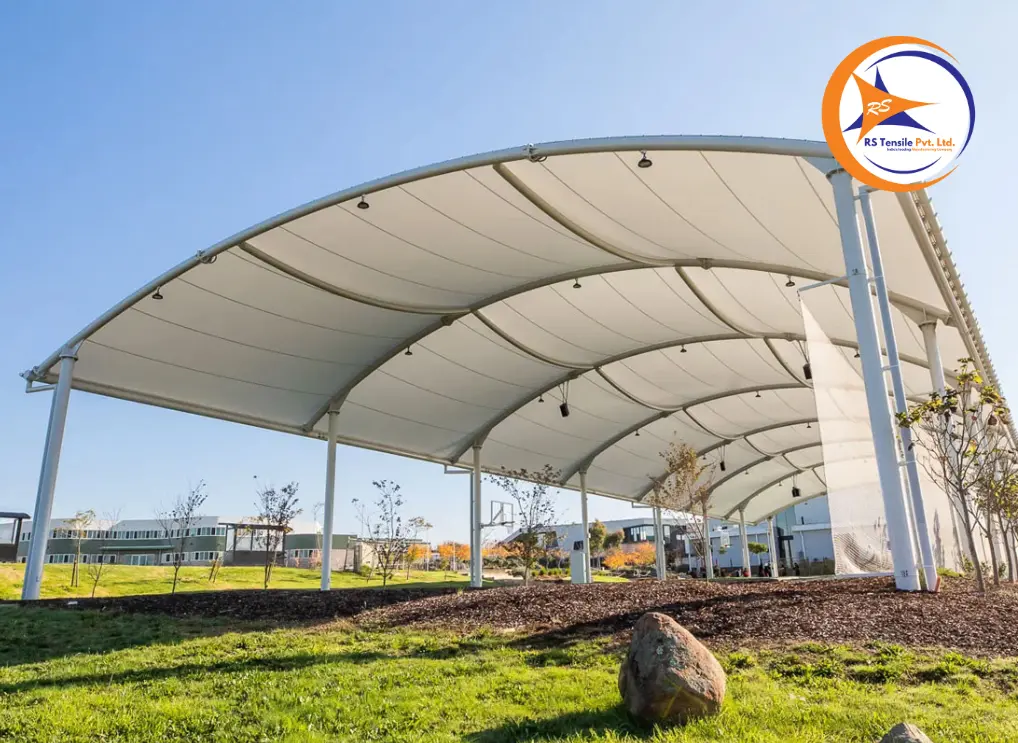
Tensile Membrane Structure Materials
Apr 20, 2025 -
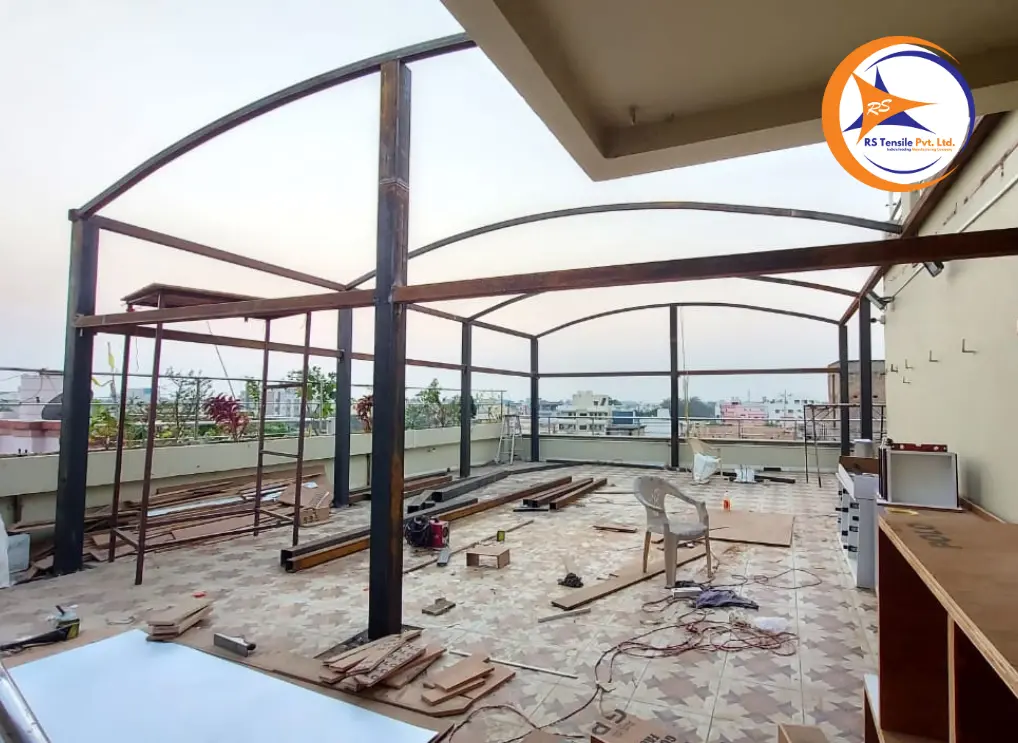
Tensile Structure Maintenance Guide
Apr 10, 2025 -
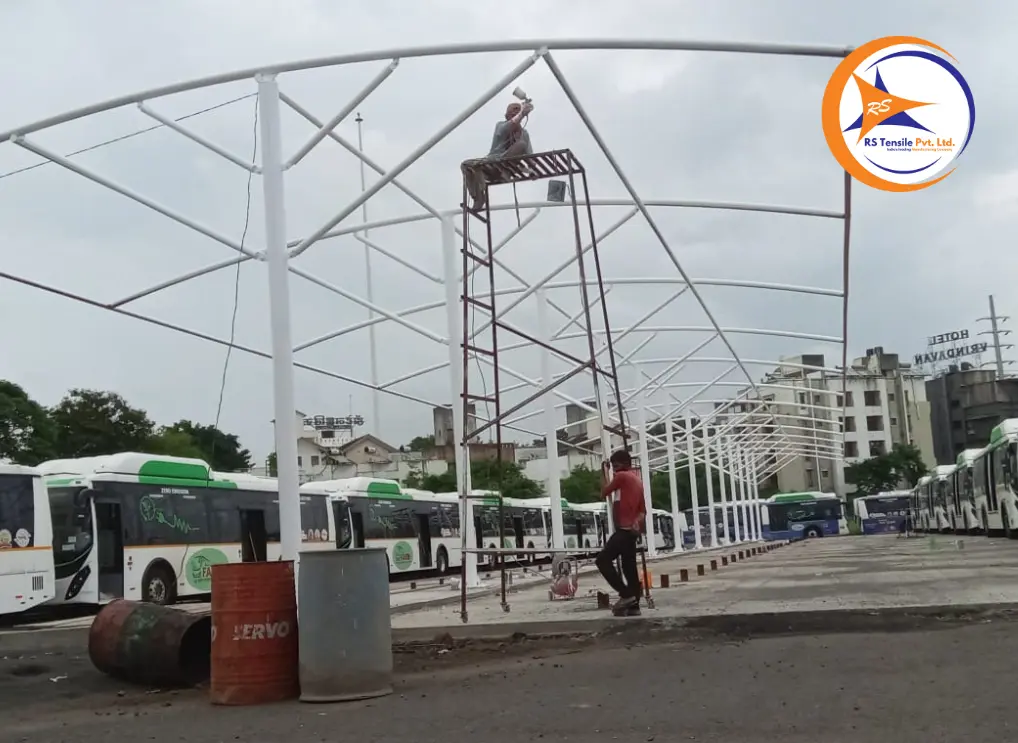
Tensile Structure Installation Process
Apr 01, 2025
Submit Your Enquiry
RS Tensile Support
Online now




